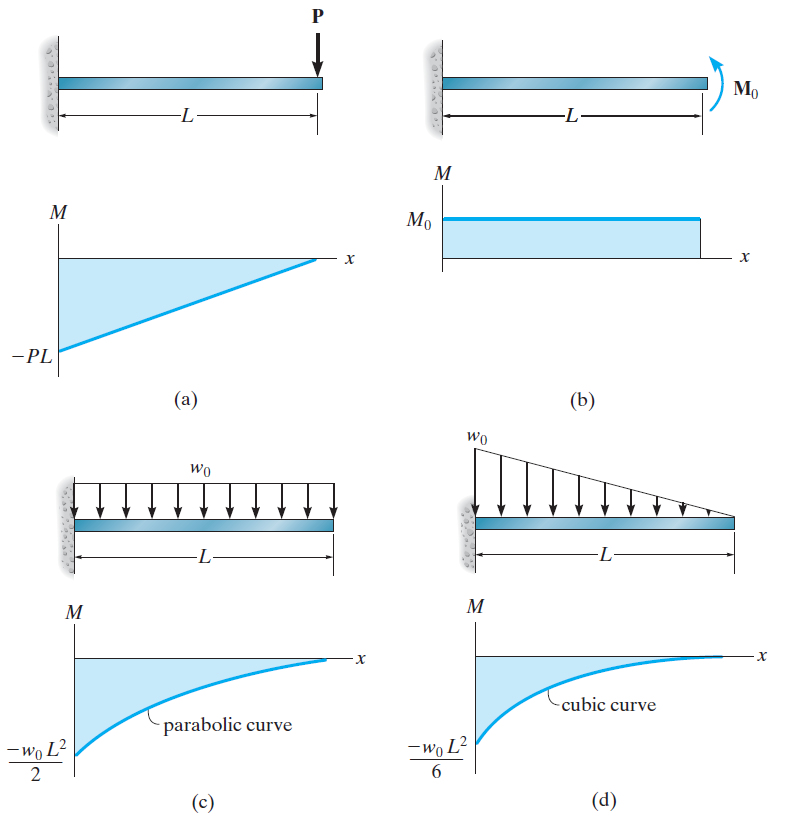Types of Welds, Welding Positions, and Welding Joints Explained
In steel structures and bridge construction, welding plays a critical role in ensuring the integrity and performance of the structure. Understanding the types of welds, welding positions, and joint configurations helps engineers and welders choose the most suitable welding method for each application.
Types of Welds
There are three main types of welds commonly used in structural steel fabrication: fillet welds, groove welds, and slot or plug welds.
1. Fillet Welds
Fillet welds are the most common type of weld in structural applications. They are typically used when two members overlap, such as in T-joints, lap joints, or corner joints.
Fillet welds are economical, easy to perform, and provide adequate strength for most structural connections. They are widely used in bridges, buildings, and general fabrication work.
-
Strength Characteristics: Fillet welds perform well in tension and compression, but their shear resistance usually governs the design.
A slightly convex fillet weld is preferred because it helps reduce cracking during cooling. In contrast, concave welds may develop tensile stresses that increase the risk of surface cracks.
2. Groove Welds
Groove welds are formed when two members are joined edge to edge. They can be full-penetration or partial-penetration welds depending on the design requirements.
Groove welds are used in situations requiring high strength and complete fusion, such as:
-
Column splices
-
Beam flange to column connections
-
Critical joints in bridge girders
Although groove welds provide superior strength, they are less common (about 15% of structural welds) because they are more complex and costly to prepare and execute.
Depending on material thickness, different edge preparations are used:
-
Square groove joint (thin materials)
-
Single-V or Double-V groove joint (thicker materials)
-
U or J grooves (for thick plates where material saving is important)
A reinforcement of approximately 125–150% of the weld size is often provided to enhance static strength. However, in structures subjected to dynamic or vibrating loads, this reinforcement should be ground flush with the base material to avoid stress concentrations.
3. Slot and Plug Welds
Slot and plug welds are used to join one plate to another through holes or slots in one of the plates. These welds are not common in structural steelwork because their strength is limited and difficult to verify. They are generally used only for secondary connections or fabrication aids.
Welding Positions
Welds are also classified according to the position in which they are performed, which affects difficulty, quality, and welder qualification requirements.
-
Flat Position :
The easiest and most common position, offering good control and quality. -
Horizontal Position:
Requires moderate skill; commonly used for fillet welds on structural members. -
Vertical Position:
More challenging due to gravity effects on molten metal; requires higher skill. -
Overhead Position:
The most difficult position; requires highly skilled and qualified welders due to difficulty maintaining proper bead shape and fusion.
Types of Welding Joints
The welding joint configuration defines how two parts are connected. The five basic joint types are:
-
Butt Joint – Two members joined in the same plane, edge to edge.
-
Tee Joint – One member is placed perpendicular to another (forming a “T”).
-
Corner Joint – Two members joined at right angles to form an “L.”
-
Lap Joint – One plate overlaps another.
-
Edge Joint – Two adjacent edges of plates are joined.
Each joint type can accommodate fillet, groove, or plug welds depending on design requirements.
Welding Symbols
To simplify engineering drawings and reduce the need for long descriptive notes, standard welding symbols are used. These symbols convey essential information such as:
-
Type of weld (fillet, groove, plug, etc.)
-
Size and length of weld
-
Location (arrow side or other side)
-
Weld contour (flat, convex, concave)
-
Finishing requirements (e.g., grinding flush)
Using welding symbols ensures clear communication between designers, fabricators, and inspectors, saving both time and effort in fabrication and review.




















Comments
Post a Comment